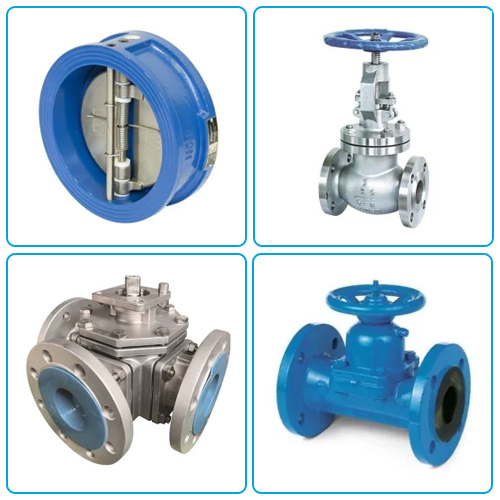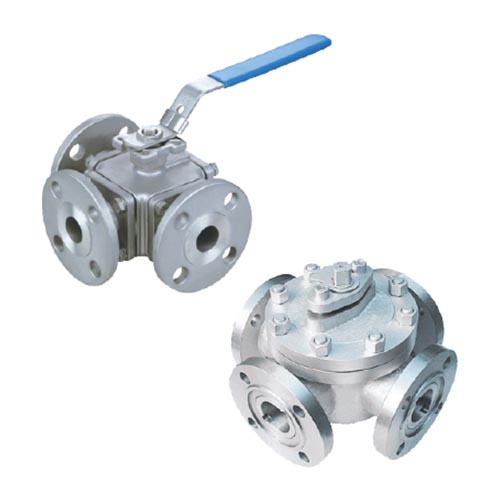 What are 3 Way Ball Valves?
What are 3 Way Ball Valves?
3 Way Ball Valves
A three-way ball valve is a type of valve that has three ports or openings for the flow of gas or fluid. It is commonly used in various industries for controlling the direction of flow or diverting the flow between different pipelines or systems.
The three ports of a three-way ball valve are typically referred to as one inlet and two outlet ports or one outlet and two inlet ports, depending on the desired flow direction. The valve operates by using a ball with a hole or bore in the center that can be rotated to align with different ports, allowing the flow to be redirected.
These valves are designed to provide reliable and efficient flow control, and they are available in different materials, sizes, and configurations to suit specific applications. They are commonly used in industries such as oil and gas, chemical processing, water treatment, HVAC, and many others.
The pattern of flow or port shape through the ball inside a three-way ball valve is an important design difference. There are two common flow patterns in three-way ball valves: L-pattern flow (L-flow, L-port, two-direction) and T-pattern flow (T-flow, T-port, three-direction).
1. L-Pattern Flow (L-Flow, L-Port, Two-Direction):In an L-pattern flow valve, the ball has a bore or hole drilled through it in the shape of an L.
This flow pattern allows for two possible flow directions: from the inlet port to one outlet port, or from the inlet port to the other outlet port.
The valve can be rotated to control which outlet port the flow is directed towards.
L-pattern flow valves are commonly used for diverting flow between two different pipelines or systems.
2. T-Pattern Flow (T-Flow, T-Port, Three-Direction):
In a T-pattern flow valve, the ball has a bore or hole drilled through it in the shape of a T.
This flow pattern allows for three possible flow directions: from the inlet port to either of the two outlet ports, or from one outlet port to the other.
The valve can be rotated to control which outlet port the flow is directed towards or to shut off the flow completely.
T-pattern flow valves are commonly used for diverting flow between three different pipelines or systems.
The choice between L-pattern flow and T-pattern flow depends on the specific application and the desired flow control requirements. It is important to consider factors such as the number of pipelines or systems involved, the flow rates, and the desired flow directions when selecting the appropriate flow pattern for a three-way ball valve.
The benefits of using a three-way ball valve include:- Versatility: The ability to divert or control flow between multiple pipelines or systems.
- Compact Design: Three-way ball valves are typically compact in size, making them suitable for installations with limited space.
- Easy Operation: The valve can be operated manually or with the help of an actuator for automated control.
- Durability: These valves are designed to withstand high pressures and temperatures, ensuring long-term reliability.
- Low Leakage: The ball valve design provides tight shut-off, minimizing leakage and ensuring efficient flow control.
A 4-way ball valve is a type of valve that has four ports for the flow of gas or fluid. It is designed to provide different configurations of openings and closings to control the direction of flow or divert the flow between multiple pipelines or systems.
The 4-way ball valve can have different port positioning options, including L, double L, T, and straight. These positions are named after the shape of the buffer inside the valve body. Here's a breakdown of the port positions:
1. L Port: In the L port configuration, two ports are blocked while two adjacent ports are open. This allows for diverting the flow between two different pipelines or systems.
2. Double L Port: The double L port configuration is similar to the L port, but it provides additional flexibility. It allows for blocking two ports while opening two other ports that are not adjacent. This configuration enables more complex flow control options.
3. T Port: The T port configuration allows for blocking or opening one port while maintaining the flow through the other three ports. This configuration is useful when a single port needs to be controlled or shut off while maintaining flow in other directions.
4. Straight Port: The straight port configuration allows for a straight-through flow without any diversion or blocking of ports. This configuration is commonly used when there is a need for a simple on/off valve function.
These valves are commonly used when two right-angle diversions need to be achieved using a single valve. They have two inlets and two outlets, allowing for simultaneous flow control between multiple pipelines or systems.
Applications:
The 4 Way Ball Valve finds extensive use in industries such as oil and gas, chemical processing, water treatment, and hydraulic systems. Some common applications include:
- Hydraulic systems: The valve's ability to divert flow in multiple directions makes it ideal for hydraulic systems that require precise control over fluid direction.
- Process control: The valve's versatility allows it to be used in process control applications where fluid diversion and redirection are necessary.
- Industrial piping systems: The 4 Way Ball Valve is suitable for industrial piping systems that require efficient flow control and diversion.
In summary, the 4 Way Ball Valve is a reliable and versatile solution for fluid control. With its four ports, ball valve design, and various port positioning options, this valve offers exceptional performance and flexibility in a wide range of applications. Whether you need to block, divert, or redirect fluid flow, the 4 Way Ball Valve is the perfect choice for your industrial needs.
Discover Versatility and Precision with Brans Valves India Pvt. Ltd.'s 3 Way and 4 Way Ball Valves
Unleash the power of seamless fluid control in your systems with Brans Valves India Pvt. Ltd.'s 3 Way and 4 Way Ball Valves. Designed for excellence, our valves redefine versatility and precision, offering unmatched performance in critical applications.
Brans Valves 3 Way and 4 Way Ball Valve Series Features:
- Size Range: From 1/2" to 12" (15mm 300mm).
- Pressure Class: Suited for pressure ratings ranging from 150# to 2500#.
- Construction: 3 Pieces and 4 Pieces Design, available in a variety of materials including Carbon Steel (CS), Stainless Steel (SS), Alloy Steel, Duplex Stainless Steel (DSS), Nickel Alloys, and Bronze.
- Port Designs: L Port, T Port, L-L Port configurations for tailored fluid control.
- Safety Features: Equipped with an Anti-Static Device and Blow-out Proof Stem for enhanced security.
- Fire Safe Design: Complies with API standards for reliable performance in challenging conditions.
- Low Emission: Environmentally conscious design for reduced emissions.
- Actuation Options: Manual operation with Hand Lever or Gear Box, or opt for Pneumatic, Hydraulic, or Electrical Actuators for automated control.
- Specialty: Metal-to-Metal Seat for superior performance.
Compliance & Specialization:
- Design: Adheres to ASME B16.34 and BS 5351 standards for superior design and functionality.
- Face to Face: Complies with ASME B16.10 and DIN standards for precise dimensions.
- End to End: Options include Socket Weld (SW), Butt Weld (BW), Flanged, and Ring Type Joint (RTJ) ends.
- End Flange: Conforms to ASME B16.5 standards.
- Pressure-Temperature Rating: Follows ASTM B16.34 standards.
- Screwed End Dimension: Complies with ASTM B1.20.1 standards.
- BW End: Meets ASME B16.25 standards.
- Testing: Certified API 598 and BS 6755 testing for uncompromised quality.
- Fire Safe Design: Adheres to API 607/6FA standards for enhanced fire safety.
- Special: NACE MR-01-75/0103 compliant, meeting the highest industry standards.
Get In Touch
info@bransvalves.ae
Mob: +91-7304 5302 31 / 32
Quick Links
© Brans Valves India Pvt. Ltd. All Rights Reserved. Designed by Webmax Technologies
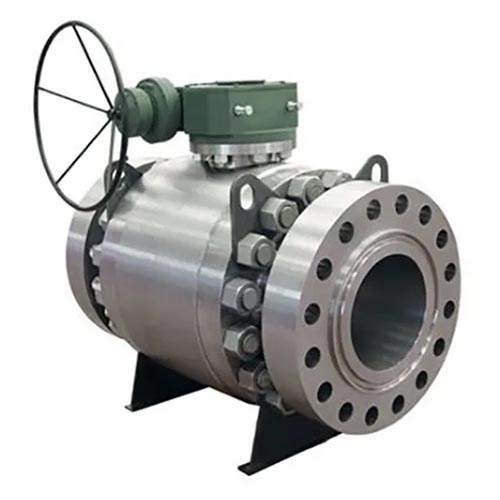 Ball Valves
Ball Valves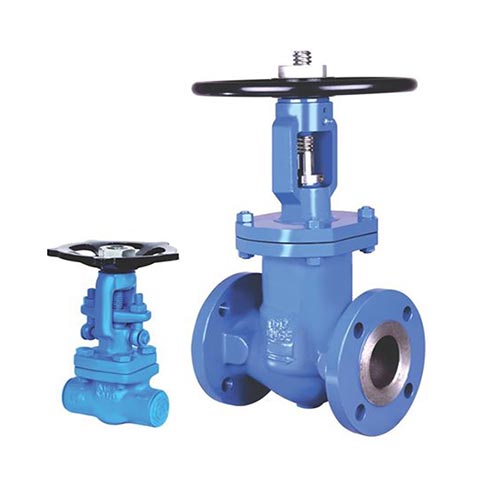 Bellow Sealed (Gate/ Globe) Valves
Bellow Sealed (Gate/ Globe) Valves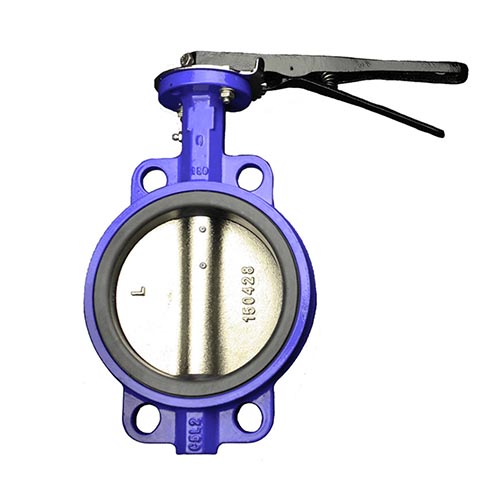 Butterfly Valves
Butterfly Valves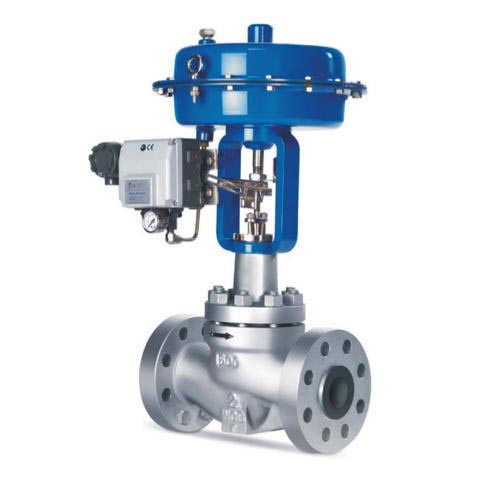 Control Valves
Control Valves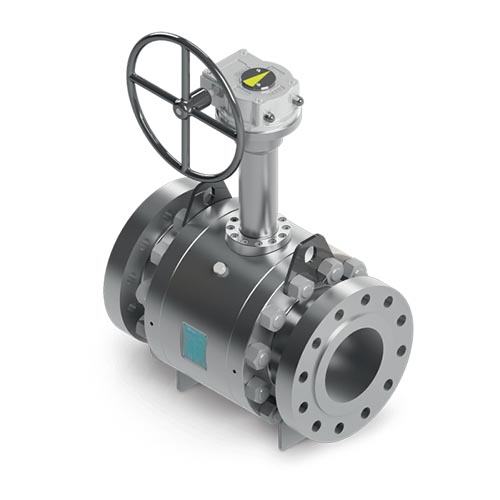 Cryogenic (Gate/ Globe Valves)
Cryogenic (Gate/ Globe Valves)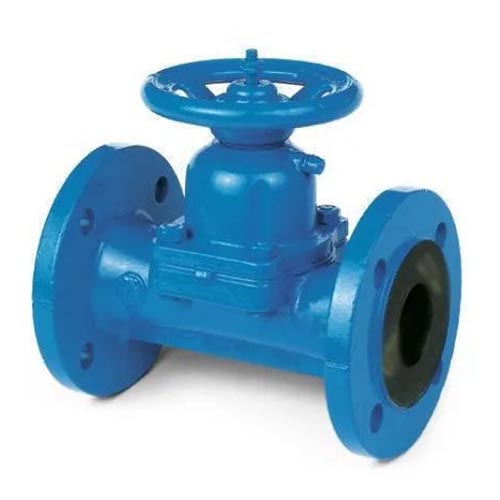 Diaphragm Valves
Diaphragm Valves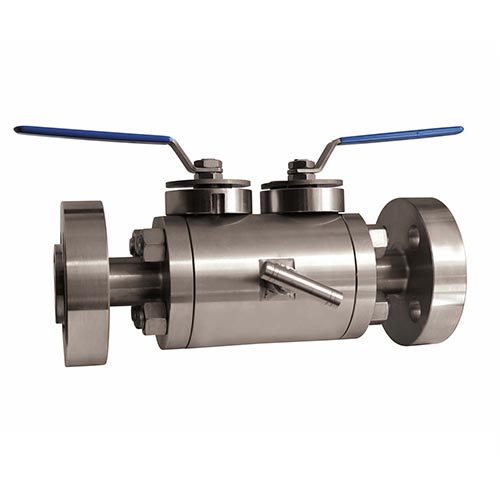 Double Block And Bleed
Double Block And Bleed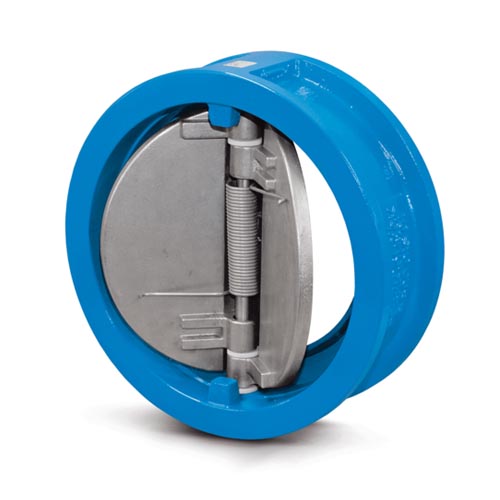 Dual Plate Check Valve
Dual Plate Check Valve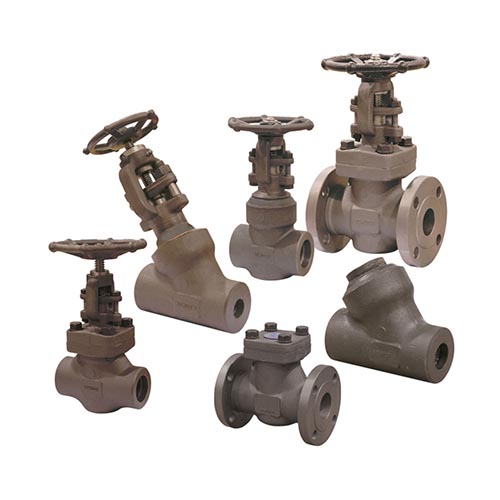 Forged Valves
Forged Valves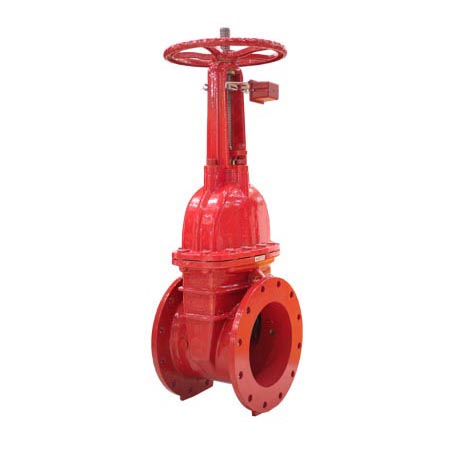 Gate Valve
Gate Valve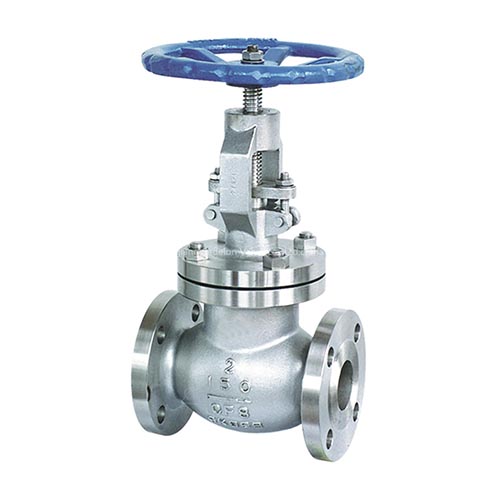 Globe Valve
Globe Valve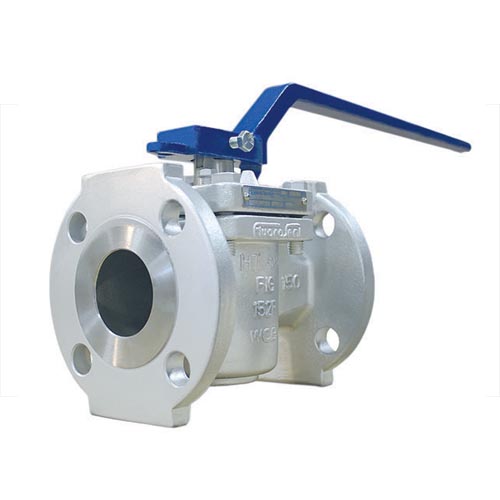 Plug Valves
Plug Valves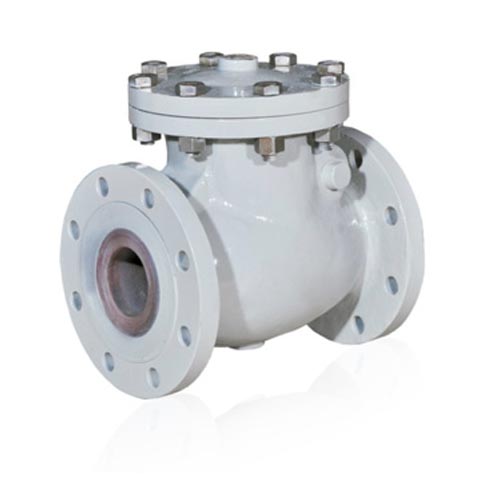 Swing Type Check Valves
Swing Type Check Valves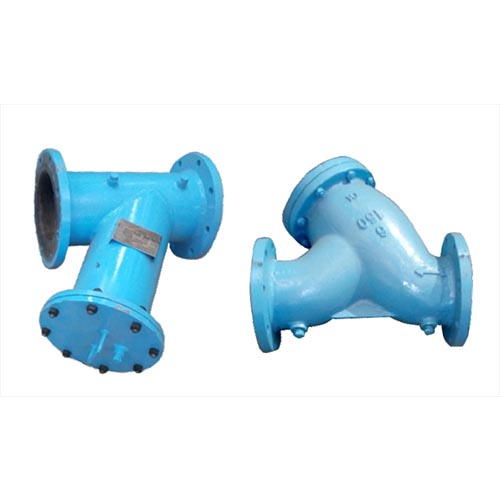 Y And T Type Strainer
Y And T Type Strainer